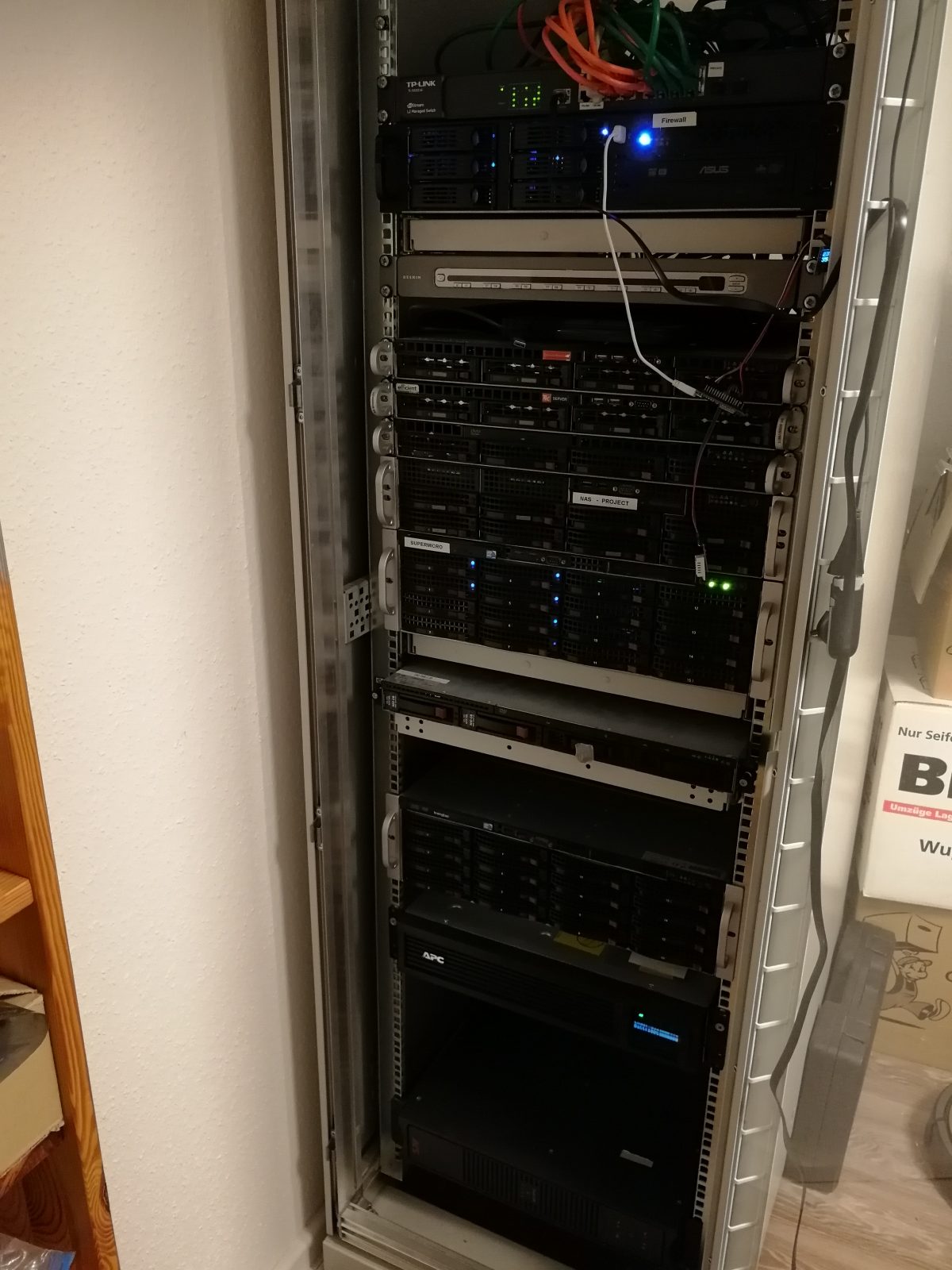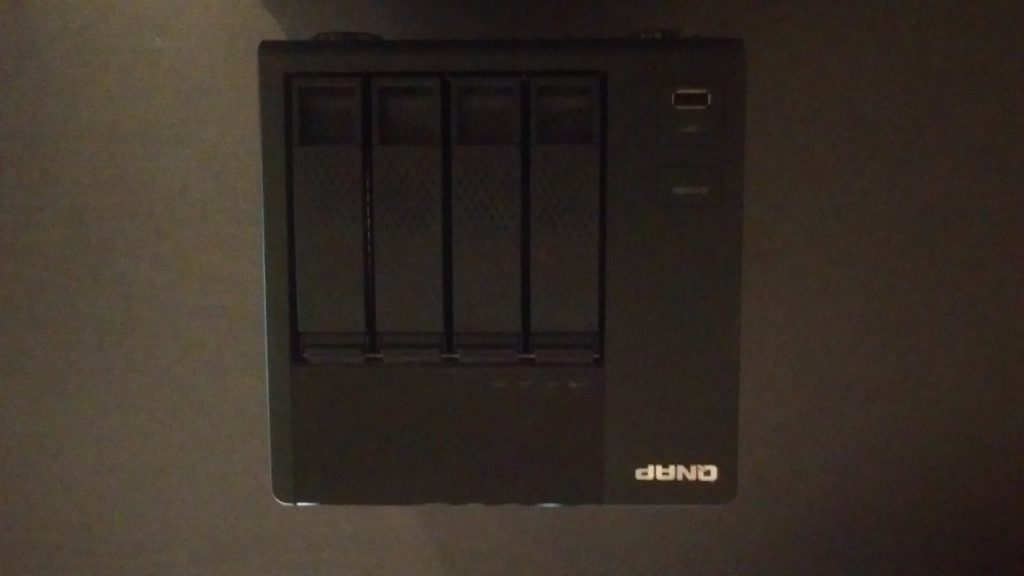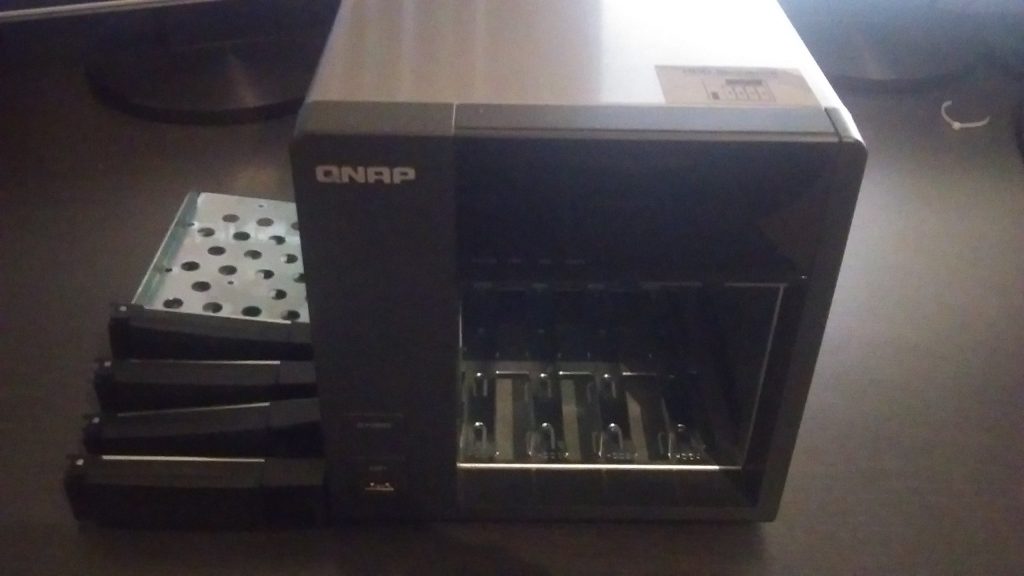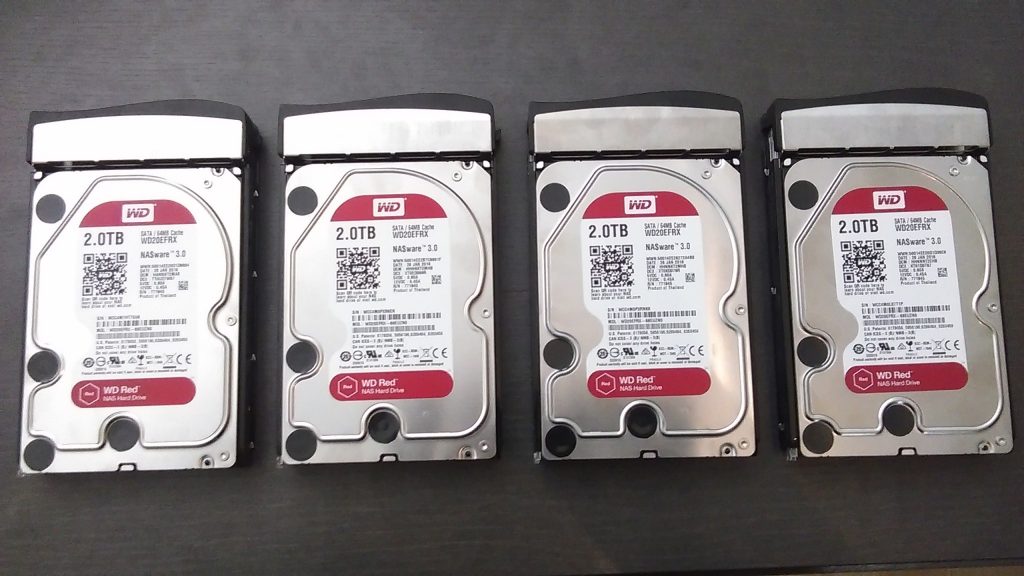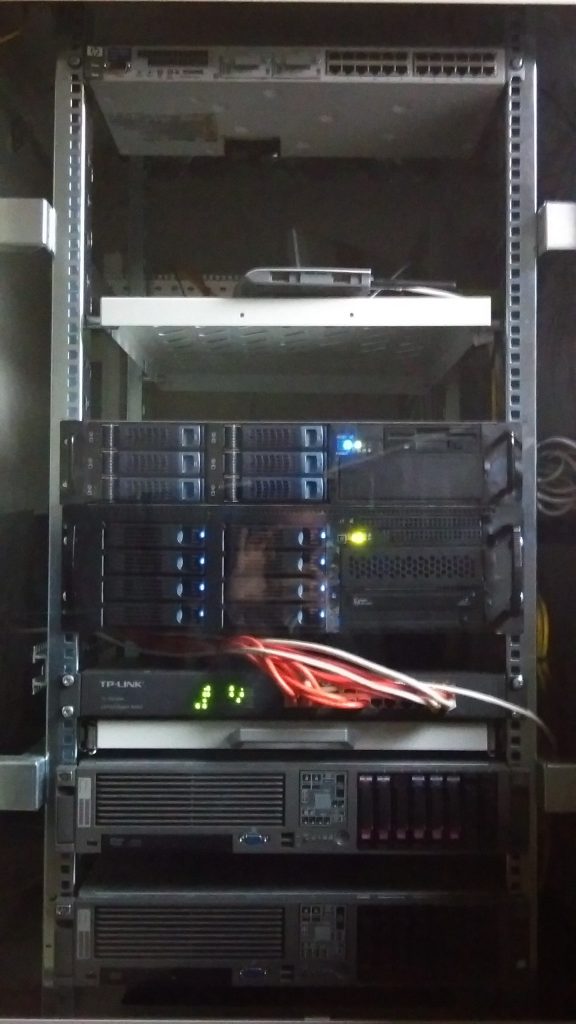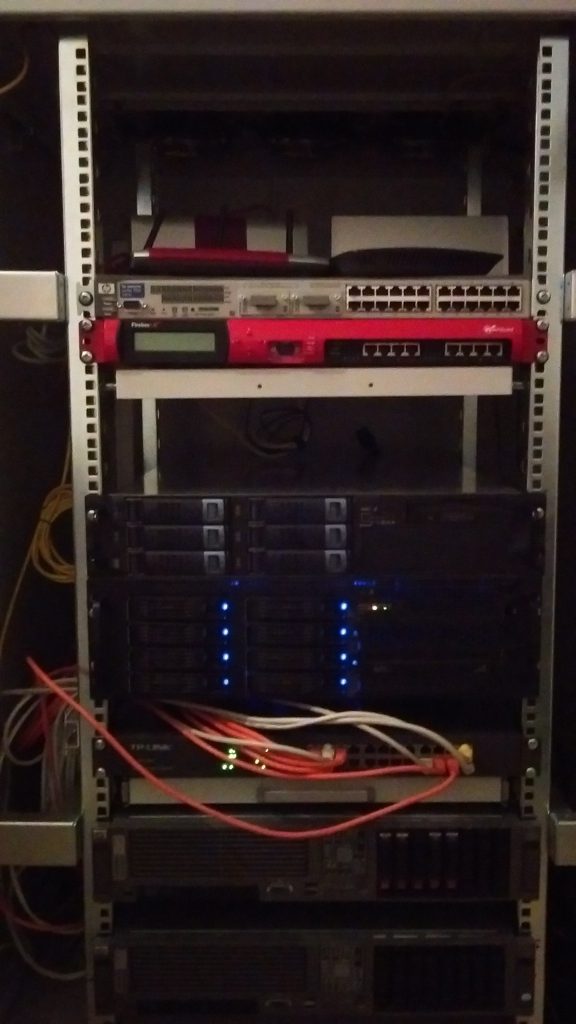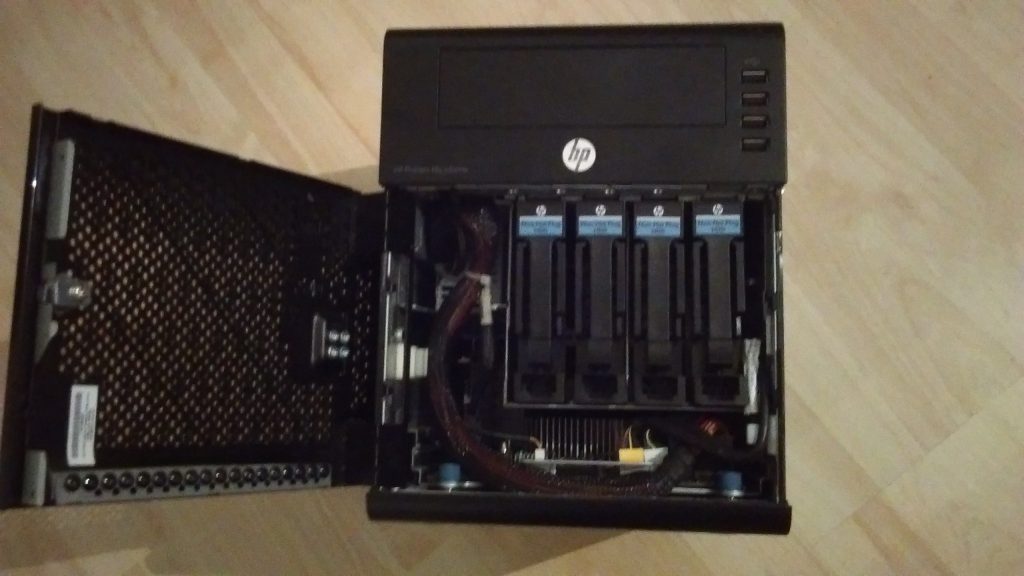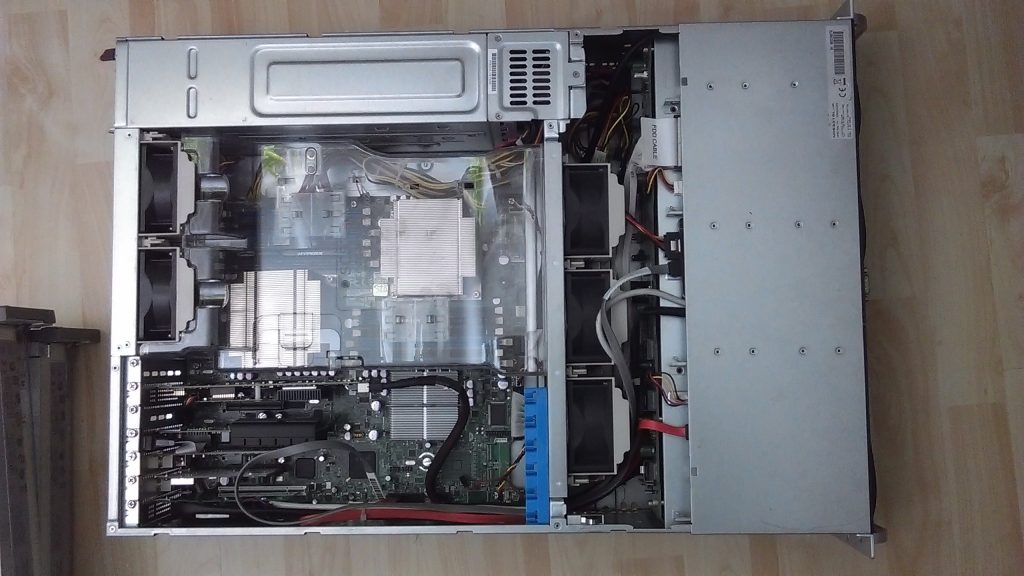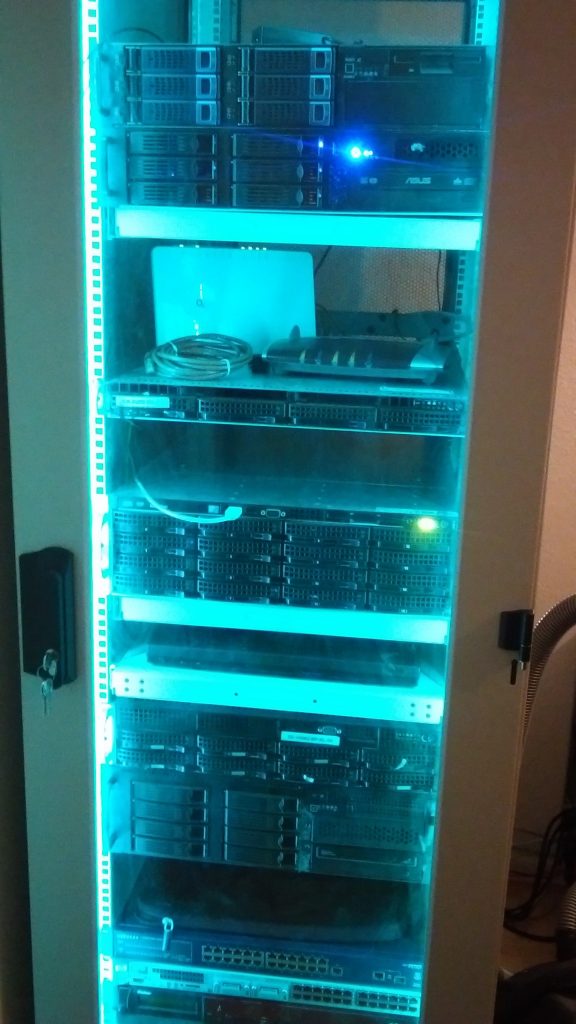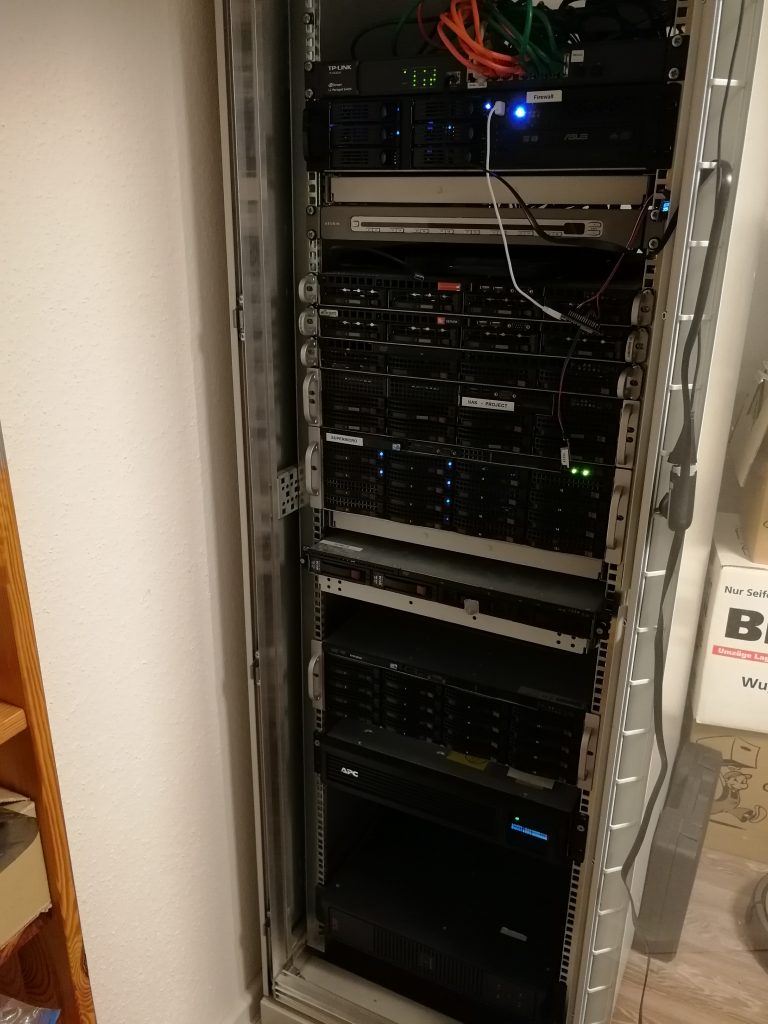The title, this disclaimer and the following article were written by ChatGPT, a large language model trained by OpenAI. ChatGPT is not a human, but a computer program that uses artificial intelligence to generate text based on inputs it receives. The views and opinions expressed in this article are not those of the developers of ChatGPT or OpenAI, and the information contained in this article should not be taken as fact. This article is for informational and entertainment purposes only.
Open data of recipe and product databases has the potential to bring many benefits to consumers, businesses, and the economy as a whole. However, there are also some challenges and drawbacks to consider.
One of the main advantages of open data is that it allows consumers to make more informed choices about the food they eat. For example, my grandmother always used to keep a handwritten recipe book with her favorite dishes, passed down from her mother. With open data, this kind of family knowledge could be shared more widely and easily, allowing people to access a wealth of information about the ingredients, nutritional value, and cultural significance of different foods.
Open data can also help businesses, particularly small-scale producers and farmers, to gain a competitive edge. By sharing information about their products, they can reach a wider audience and build stronger relationships with their customers. This can be especially important for those who are committed to producing healthy, sustainable, and locally-sourced foods. Supermarkets like EDEKA, real, and Rewe, as well as online platforms like Chefkoch, could all benefit from open data by making it easier for consumers to find and compare products, and by supporting small producers.
In addition, some people argue that open data could lead to the consolidation of power in the hands of a few large companies, who could use their access to data to dominate the market (Source: [Research Paper 1]). This could potentially stifle innovation and limit consumer choice.
On the other hand, a paper published by researchers at the University of Oxford argued that open data could actually increase competition and diversity in the food industry (Source: [Research Paper 2]). They pointed out that open data could enable new entrants, such as small-scale producers and cooperatives, to compete more effectively with larger companies. This could lead to more diverse and sustainable food systems, and ultimately benefit consumers and the environment.
Overall, the potential winnings and economic possibilities of open data of recipe and product databases are significant, but there are also some challenges to be addressed. With careful planning and attention to the needs of all stakeholders, this could be a growing market that benefits consumers, farmers, and businesses alike.
One example of an open data project in the food industry is OpenFoodFacts, which is a global, collaborative platform that allows users to share information about food products. The project was started in France in 2012, and has since grown to include over 2 million products from more than 150 countries.
OpenFoodFacts is based on the idea of crowd-sourced data, meaning that anyone can contribute information about the products they buy and consume. This allows the platform to provide a rich and diverse dataset that is constantly updated and improved.
The data on OpenFoodFacts includes information about ingredients, allergens, nutritional values, and other product characteristics. This can be very useful for consumers who want to make healthier and more sustainable choices, as well as for researchers who are studying the food industry.
In addition to the data itself, OpenFoodFacts also provides tools and resources that make it easy for users to access and use the information. For example, there is a mobile app that allows users to scan barcodes and get instant access to product information, as well as a website that provides detailed search and comparison functions.
Overall, the OpenFoodFacts project is a great example of how open data can be used to improve the transparency and sustainability of the food industry. By harnessing the power of crowd-sourcing and collaboration, the project is helping to create a more informed and empowered consumer base.
In conclusion, open data of recipe and product databases has the potential to bring many benefits to consumers, businesses, and the economy. It can help consumers to make more informed choices about the food they eat, and can support small-scale producers and farmers by providing them with a platform to share information about their products. Open data can also stimulate economic growth and innovation, and could lead to the development of a “foodtech” industry. Although there are some challenges to be addressed, such as concerns about privacy and security, the overall potential of open data in the food industry is positive.

